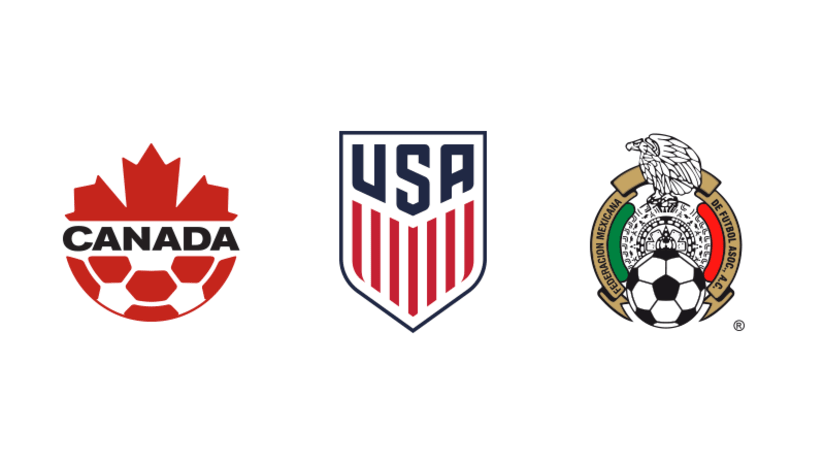One of the world’s grandest and most celebrated sporting events could be coming to North America.
The United States, Canada and Mexico on Monday announced their intention to submit a unified bid to host the 2026 FIFA World Cup.
The unified bid from the CONCACAF nations would mark the first time that three countries would jointly host a FIFA competition. Monday’s groundbreaking announcement — involving U.S. Soccer Federation president Sunil Gulati, CONCACAF and Canadian Soccer Association president Victor Montagliani, and Federacion Mexicana de Futbol president Decio de Maria — was made at One World Observatory in New York City on the 102nd and top floor of One World Trade Center, the tallest building in the Western Hemisphere.
The U.S., Canada and Mexico have collectively hosted 13 FIFA World Cups at the men’s, women’s and youth levels and set attendance records for five of those events. The 2026 FIFA World Cup will be the first edition to feature the expanded 48-team format, which requires facilities and infrastructure that the three nations are suited to fulfill.
The U.S. hosted the 1994 World Cup, still the highest-attended in tournament history. The success of that World Cup spawned the birth of Major League Soccer, which has grown to 22 teams two decades later. The United States also played host for the 1993 and 2003 FIFA Women’s World Cups.
Mexico became the first country to host the World Cup on two occasions, doing so in 1970 and 1986. The nation also hosted the 1999 FIFA Confederations Cup and the 2011 FIFA U-17 World Cup, both of which were won by Mexico.
The 2015 FIFA Women’s World Cup was played in Canada, setting an attendance record for the women’s tournament as the U.S. was crowned champion. In addition, Canada has previously hosted the 2002 FIFA U-19 Women’s World Cup and the FIFA U-20 World Cup, both of which drew then-record attendances.
Last summer, the United States notably hosted the 2016 Copa America Centenario, a marquee international tournament held in 10 venues across the country. Nearly 1.5 million spectators attended the 32 matches for an average of 46,000 fans per game, making it the best attended Copa America in the competition’s 100-yer history.




